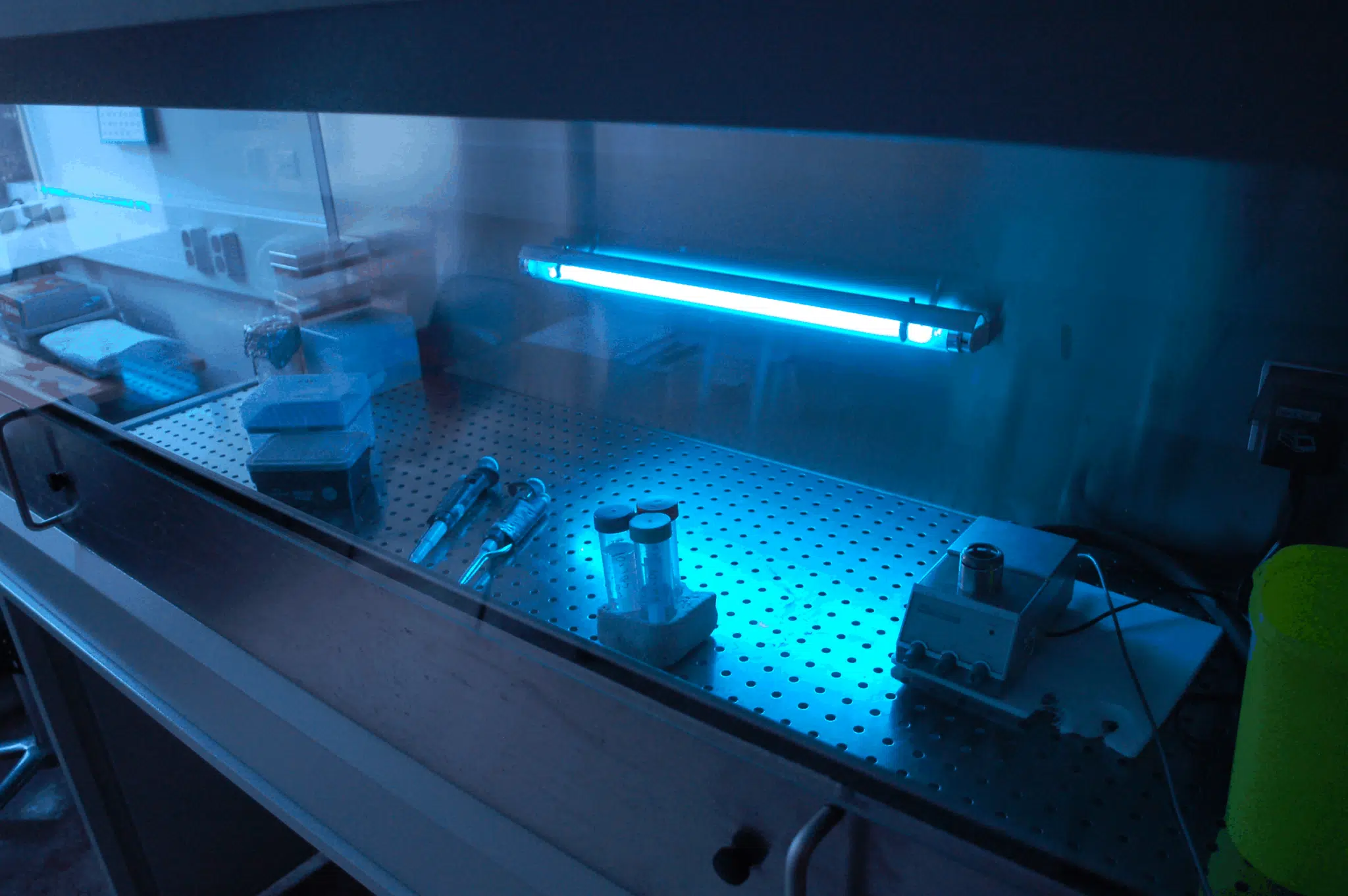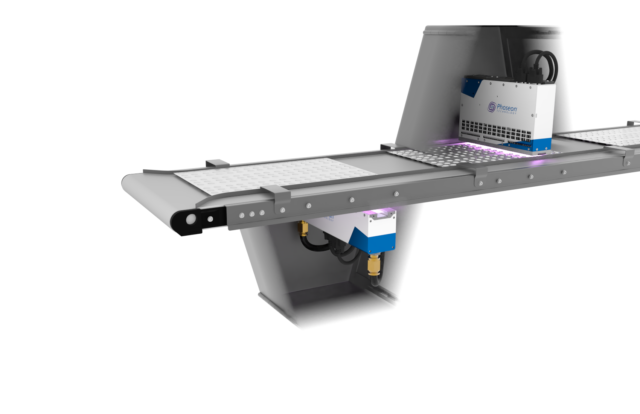Harnessing the Prospective of UV Disinfection: Shielding Health And Wellness and Health
As the globe comes to grips with the recurring pandemic and the continuous risk of transmittable diseases, the significance of preserving wellness and health has actually never been a lot more obvious. In this context, harnessing the potential of UV disinfection becomes a promising remedy. UV disinfection, a technology extensively used in various markets, has confirmed reliable in eliminating dangerous virus. Nonetheless, there is a lot more to discover behind the science of UV disinfection and its applications. From understanding the devices at play to executing this innovation in our lives, this discussion intends to clarify the capacity of UV disinfection and its duty in securing our wellness and health.
Comprehending UV Sanitation
UV sanitation is a very reliable and extensively made use of approach for ensuring and eliminating dangerous virus health and hygiene. This strategy utilizes ultraviolet (UV) light to inactivate microorganisms by damaging their DNA and avoiding them from duplicating. UV sanitation is specifically reliable versus microorganisms, infections, and various other microbes that can create illness and infections.
The concept behind UV sanitation is basic yet powerful. UV disinfection can be applied in various settings, consisting of water therapy plants, medical care facilities, food handling industries, and air filtration systems.
Among the benefits of UV disinfection is its capacity to successfully and effectively remove a large range of virus without the requirement for ingredients or chemicals. Unlike other sanitation techniques, such as chlorine or ozone, UV sanitation does not introduce hazardous byproducts or chemical residues right into the environment. In addition, UV disinfection is a non-contact procedure, which means that it does not call for physical contact with the microbes, lessening the risk of cross-contamination.

The Science Behind UV Disinfection
The performance of UV disinfection exists in its ability to interrupt the hereditary material of microbes, rendering them not able to replicate and consequently removing their damaging possibility. UV, or ultraviolet, radiation is a form of electromagnetic radiation with wavelengths much shorter than noticeable light. It is categorized right into three types: UV-C, uv-a, and uv-b. UV-C radiation, specifically, has the quickest wavelength and the greatest energy. Due to the fact that it can penetrate the cell walls of microbes and harm their DNA or RNA., this high-energy UV-C radiation is most effective in sanitation applications.
When microbes are exposed to UV-C radiation, the energy is absorbed by their hereditary product, creating bonds to damage and creating chain reactions that disrupt their capability to reproduce. This protects against the microorganisms from spreading out and replicating infection. UV sanitation is particularly reliable against microorganisms, fungis, and infections, including common virus such as Escherichia coli, Salmonella, and Flu.
The science behind UV disinfection is supported by considerable research study and studies. It has been shown that direct exposure to an enough dosage of UV-C radiation can attain a high degree of sanitation, usually going beyond 99.9% efficiency in killing microbes. However, it is very important to keep in mind that the performance of UV disinfection depends upon various variables, including the strength of UV-C radiation, exposure time, range from the UV source, and the susceptibility of the microbe to UV radiation.
Applications of UV Sanitation
Given the substantial research and efficiency of UV disinfection in interfering with the genetic product of microorganisms, it is crucial to explore the different practical applications of this innovation. UV sanitation has verified to be a valuable device in a large range of markets where maintaining a risk-free and clean setting is necessary.
One significant application of UV disinfection remains in health care settings. UV light can be made use of to disinfect surfaces, devices, and also the air in health centers and clinical centers. This helps to decrease the threat of healthcare-associated infections and guarantees a more secure environment for clients and medical care workers.
One more crucial application remains in the food and beverage visit homepage industry. UV disinfection is made use of to deal with water and eliminate unsafe pathogens, such as E. coli and Salmonella, from the manufacturing process. uv surface disinfection. This makes sure the safety and quality of the products we eat
UV disinfection is likewise extensively made use of in water treatment plants and wastewater therapy facilities. It is a reliable technique for destroying harmful microorganisms, viruses, and bloodsuckers that can be present in water resources. This aids to provide safe and clean alcohol consumption water to communities and shield the atmosphere from contamination.
Additionally, UV disinfection is used in the pharmaceutical sector to disinfect tools and preserve the honesty of items. It is additionally used in laboratories and research facilities to stop contamination and make sure exact outcomes.
Benefits of UV Disinfection Innovation
One significant benefit of utilizing UV disinfection innovation is its capability to properly get rid of microorganisms without making use of severe chemicals. This is particularly helpful in numerous setups, such as medical care centers, water therapy plants, and food handling markets, where the visibility of unsafe pathogens poses a considerable danger to public health and safety and security.
Unlike conventional disinfection approaches that depend on chemicals like chlorine or ozone, UV disinfection modern technology uses ultraviolet light to target and damage the DNA of bacteria, effectively counteracting their ability to duplicate and cause infections. This procedure not only gets rid of the need for possibly hazardous chemicals yet also lowers the risk of chemical deposit or byproducts continuing to be in the treated atmosphere.

Additionally, UV disinfection innovation is eco friendly. As it does not rely upon making use of chemicals, it eliminates the need for their transportation, disposal, and production, lowering the total carbon impact connected with sanitation procedures. In addition, UV sanitation systems have a longer lifespan compared to chemical-based techniques, causing much less constant substitute and additional minimizing waste.
Carrying Out UV Sanitation in Day-to-day Live
To effectively implement UV disinfection in life, organizations and individuals can incorporate portable UV published here sanitizing gadgets into their hygiene regimens and cleaning techniques. These tools are created to discharge ultraviolet light, which has actually been shown to kill or suspend a variety of bacteria, consisting of fungi, infections, and germs. By utilizing mobile UV sanitizing tools, people can disinfect commonly touched objects and surface areas, such as cell phones, keys, laptop computers, and doorknobs, decreasing the danger of spreading bacteria and infections.
In addition to incorporating mobile UV disinfecting tools, it is very important to comply with proper standards and suggestions for effective UV sanitation. This includes ensuring that the tool is utilized properly and for the recommended period to attain optimal disinfection outcomes. It is also crucial to prioritize safety steps, such as wearing protective eyeglasses and staying clear of straight exposure of the UV light to the skin.

Moreover, companies can carry out UV sanitation modern technology in different setups to enhance hygiene methods. As an example, medical facilities and healthcare facilities can use UV disinfection robots to disinfect person rooms, operating cinemas, and various other high-touch locations. Food handling markets can incorporate UV sanitation systems into their assembly line to enhance food safety and security and avoid contamination.
Conclusion
In verdict, UV disinfection innovation holds fantastic possible in protecting health and wellness and health. With its numerous advantages, UV sanitation is a beneficial tool for preserving a tidy and healthy and balanced setting.
Unlike various other disinfection approaches, such as chlorine or ozone, UV disinfection does not introduce dangerous by-products or chemical residues right into Full Article the environment. It is essential to note that the efficiency of UV sanitation depends on numerous factors, including the intensity of UV-C radiation, exposure time, range from the UV resource, and the sensitivity of the microbe to UV radiation.
Another advantage of UV disinfection innovation is its capacity to give continuous and rapid disinfection. Unlike manual cleaning techniques, which can be lengthy and require significant labor, UV disinfection systems can be automated and operate continuously, guaranteeing consistent disinfection without human intervention.To efficiently execute UV disinfection in daily life, individuals and organizations can incorporate mobile UV disinfecting tools right into their health regimens and cleansing techniques.